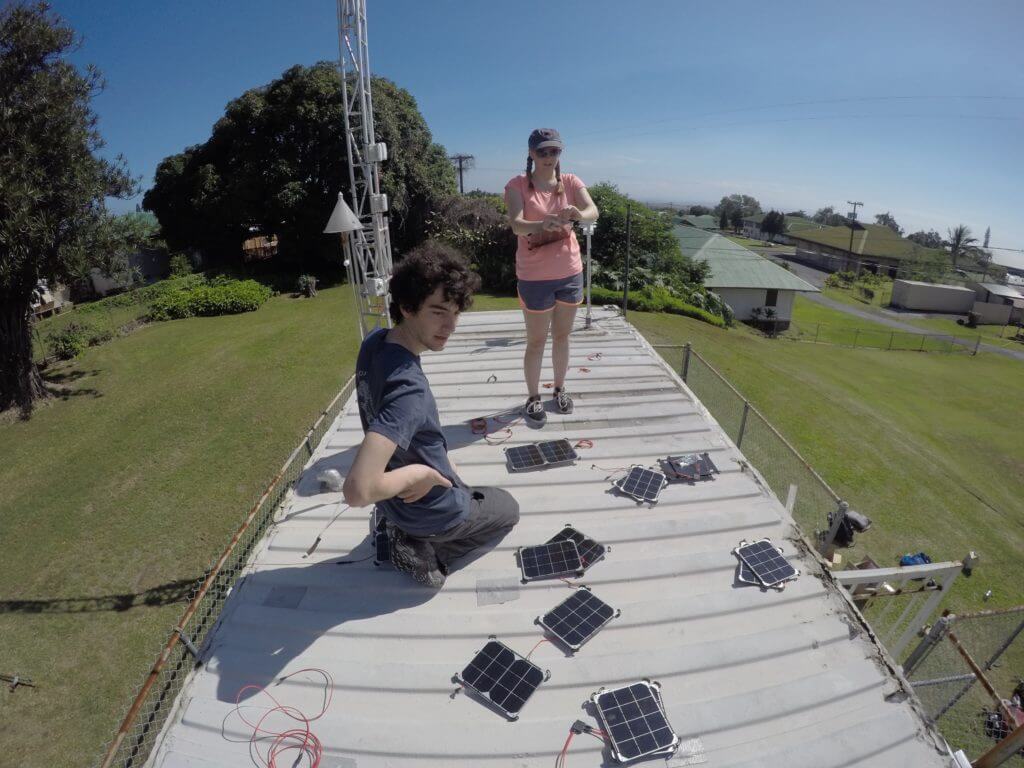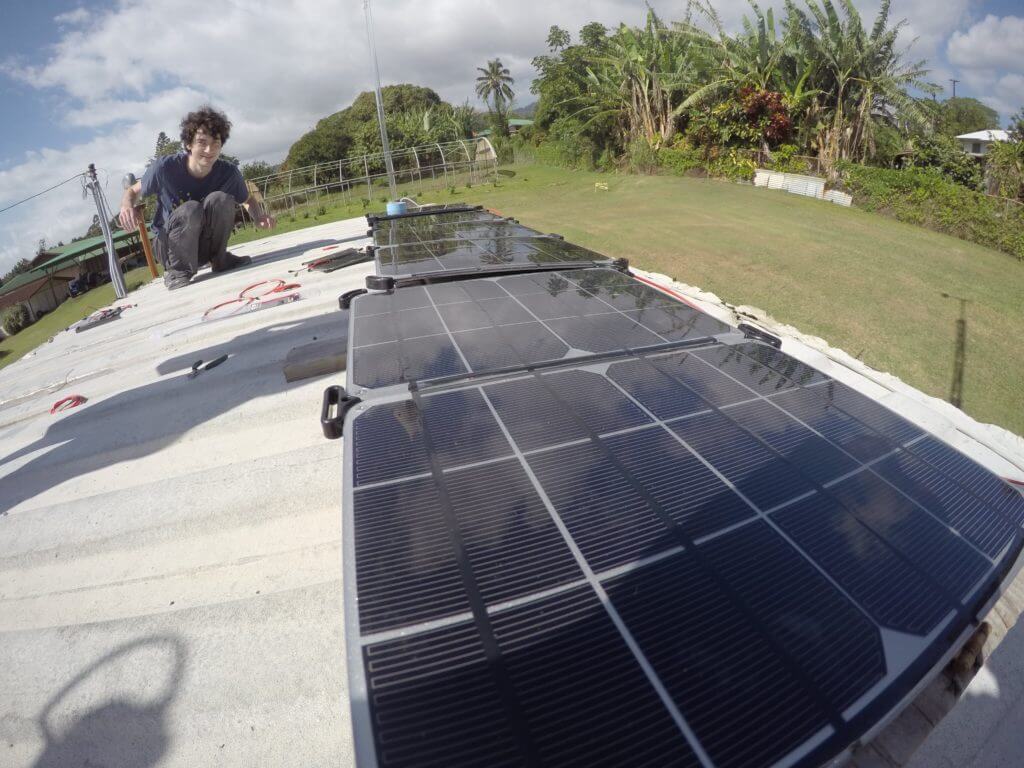Deploying Low Cost Air Sensors
As more and more low cost sensors appear, the reach and applications can be tantalizing. The question that crops up is whether the sensors are any good and can provide reliable data. Led by David Hagan, researchers at MIT, Virginia Tech and Hawaii State Department of Health recently compared nine custom built sulfur dioxide sensors against regulatory grade sensors operated by the Hawaii Department of Health. The paper is published in Atmospheric Measurement Techniques here.
If you’re interested in deploying large sets of electrochemical sensors, it is worth reading how they use a hybrid algorithm that allows extrapolation beyond the training set of data.
The system consisted of an Alphasense SO2-B4 sensor, RHT sensor and a DC fan. The power was provided by a Voltaic 9 Watt solar panel and 4,000mAh battery. The system sent data to the researchers via a Particle 3G modem.

Sensor schematic – from paper in Atmospheric Measurement Techniques
The basic advantage of low cost air sensors is that you can deploy more. If you’re looking at measuring air quality in New York City, for example, a few sensors won’t provide the detail needed to identify where and when the quality of air degrades. The newer sensors also tend to be smaller which allows them to be mobile or seamlessly integrated into the landscape. However, according to Hagan, “accurate calibration of such sensors poses a major challenge.”
Air Sensor Setup
Here are the sensors during setup. This is the same location as the higher end sensors.

And in the final deployment:

Thanks to David Hagan for sharing and to Atmospheric Measurement Techniques.
Solar for IoT and Remote Sensors
If you want a one-on-one conversation with someone from Voltaic about running small systems offgrid, you can schedule a consultation:


Leave a Reply